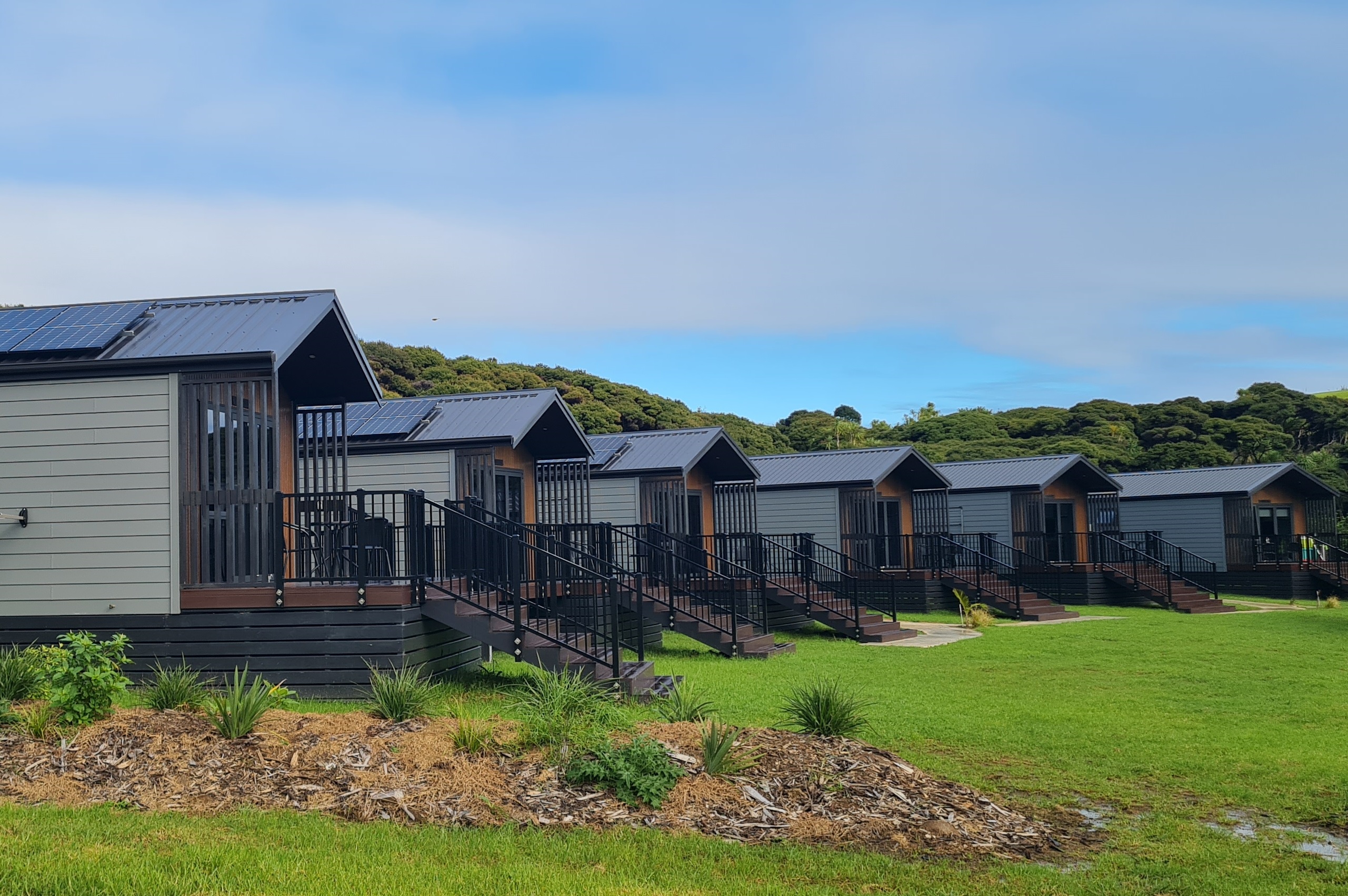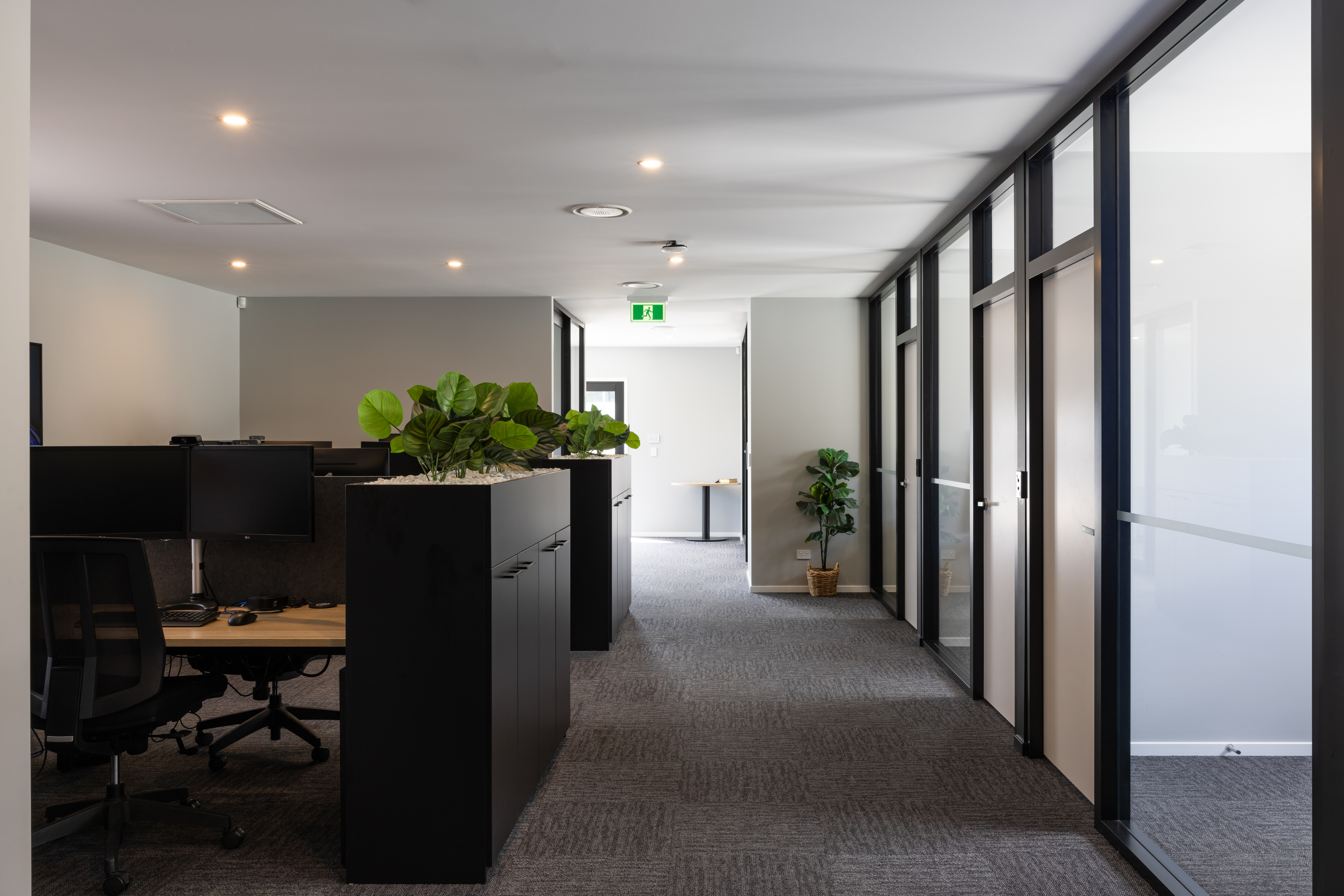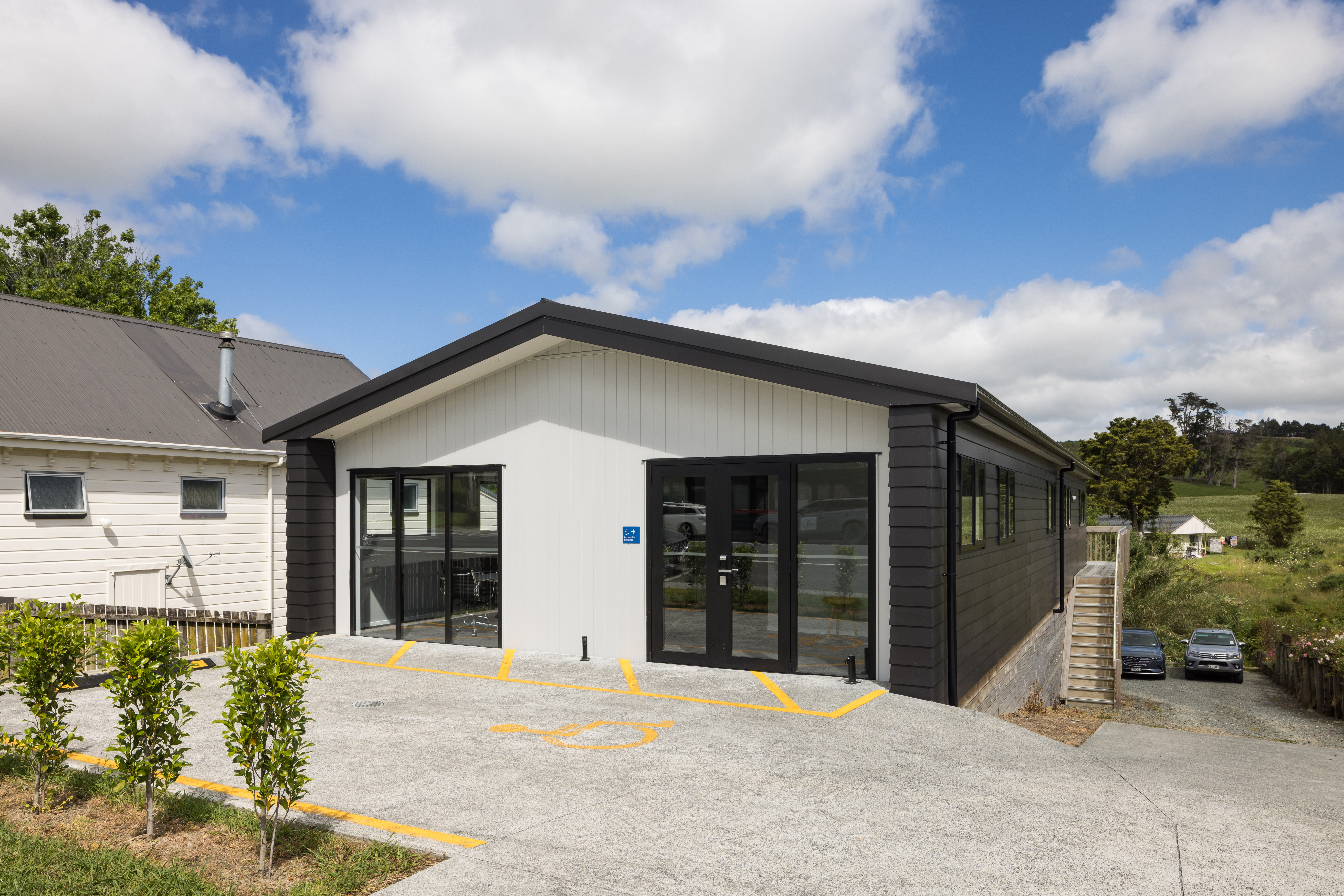Want a quick, cost-certain build for your business? Use prefab

Want a quick, cost-certain build for your business? Use prefab
No business owner wants a long, drawn-out construction project. They’re expensive, yes. But they’re also stressful and disruptive. Weather delays, onsite challenges, inconsistent trade skills…these can all slow down a build and push up costs.
So how exactly can you speed up those inevitable building projects – while keeping budgets on track?
By taking the prefab path.
Why prefab performs
Unlike traditional construction, prefabricated builds largely happen inside a controlled factory environment. Without many of the usual construction hurdles, you’ll enjoy a cost-certain, faster build. All of which helps you plan and budget better – and get back to business sooner.
The Advance Build team are experts in providing streamlined, stress-free building experiences for businesses across Northland, Auckland and Waikato. So if you’re a developer, investor or business owner about to embark on a construction project, this blog is for you.
The economics behind efficient construction

Slow builds aren’t just frustrating; they can greedily eat into your bottom line, too. If your business is forced to reduce, relocate or even close operations during construction, it will impact revenue – sometimes drastically. Loyal customers may look elsewhere, resulting in significant losses that are difficult to recoup.
In other words, faster construction = real economic gains.
So whatever you’re building, you’ll want to consider:
- Temporary site costs – Relocating during construction is an expensive hassle. It can inconvenience both staff and customers, particularly if you move to a different area. The sooner you can get back to your normal place of business, the less cost you’ll bear – financially and otherwise.
- Labour expenses – The longer you have tradespeople onsite, the more you’ll pay. If your timeframe extends, these costs can quickly blow out. Faster building methods (like prefab) can help keep a lid on your construction budget.
- ROI – Expansions and upgrades are an inevitable part of business. But the faster those projects finish, the sooner you’ll see a return on your investment.
So, how do these significant economic advantages become a reality? It all comes down to the smart, efficient approach of prefabricated construction.
Quick recap: what is a prefabricated build?

Prefabricated construction means being built offsite in a factory, then transported to the site for installation.
This method involves:
- Offsite manufacturing – Construction happens in a weathertight, controlled factory environment. This allows for streamlined, accurate production.
- Transporting assembled units to site – Finished builds are taken to the site so they can be installed and connected to foundations and services.
Prefab buildings are suitable for a wide range of business needs – such as office spaces, holiday parks, educational facilities and worker accommodation.
Why is prefab faster?
When you take construction offsite and into a controlled factory environment, you eliminate many of the challenges that go hand in hand with traditional builds. And when those obstacles disappear, you can better stick to your timeframe — and be back in action sooner.
But what exactly makes prefab projects faster, less stressful and more cost-certain?
It all comes down to:
- An efficient process – Factory construction happens at the same time as site work, significantly reducing overall project duration. The streamlined building process inside our enclosed factory also speeds up construction and prevents weather delays.
- Minimal onsite impact – Because most of the build occurs offsite, you’ll experience minimal disruption to your existing site operations.
- Effective project management – Companies like Advance Build take care of the entire journey, including design, planning, consents and construction. This expertise keeps your project progressing, avoiding common bottlenecks that can crop up along the way.
Check out how Advance Build helped Aimee and Cormac O’Keeffe upgrade the Ahipara Holiday Park ablutions block in just 4 months!
More importantly, how will a faster build help your business?

We’ve hinted at these. But let’s delve in deeper to the speed=benefit equation.
Cost-certainty gives clarity
When your timeframe doesn’t blow out, your budget doesn’t tend to either. And that’s the beauty of prefab – you don’t need to manage the unexpected costs often associated with onsite delays. This comes down to the streamlined, efficient manufacturing process inside the factory. A win for any business!
At Advance Build, our transparent pricing means you know exactly what you’re up for, so you can plan accordingly. Fixed-pricing is also available if required.
Less disruption makes for more revenue
Taking construction offsite means taking the mess, noise and general chaos of a building project away, too. And, because prefab builds are completed faster, you’ll have less downtime at your end. You can open sooner – and start earning income earlier.
Rapid occupancy, real returns
The quicker your doors are open, the faster your revenue stream begins. This translates to a double win: immediate income generation plus savings on project costs.
But speed isn’t the only prefabricated building advantage
It’s also a remarkably flexible way to manage your ever-changing property and business needs. That’s because prefabricated buildings are an excellent way to:
- Create temporary space – If you’re undertaking a large project with multiple phases, prefab buildings are a simple, quick-to-deploy solution. They are high-quality and can be easily relocated or removed as your master plan unfolds.
- Recoup investment – Unlike the traditional style, prefab buildings remain valuable, relocatable assets. This means you can resell it if your property or business needs change and reclaim your investment.
- Adapt to evolving needs – As your business grows, downsizes or shifts focus, you can relocate or reconfigure prefab buildings. This ensures your site stays aligned with your operational needs.
Advance Build’s streamlined process
So how does a prefabricated project go from the early design stage to your business welcoming in customers and guests?
At Advance Build, our 6-step journey looks like:
- Project discovery – This is when we talk vision, budget, design and timeframe. We’ll design a scheme plan and give you a budget estimate to deliver on your requirements.
- Getting started – You’ll sign the Project Starter Pack and put a deposit down. Then, we’ll do all the project analysis to make sure we can give you accurate and detailed costings. This includes third party reports and initial council approvals.
- The contract – We’ll finalise all the details, you’ll sign the contract – and we’ll move ahead with your final project design. We’ll also submit drawings to council, after which the pre-construction team will finalise design documentation and construction.
- Factory build – Your build is underway! It takes 8 weeks to complete in our controlled factory environment. You’ll get weekly updates and are also welcome to visit us in the factory to check on progress.
- Onsite construction – Your building is delivered to site and expertly installed. Our sites team takes care of everything from connections to services, ensuring a smooth transition through to handover.
- Handover – Your build is complete and ready to use! You’ll soon receive the Code Compliance Certificate, along with all relevant warranty information.
Prefab is better for business

Ready for a construction experience that’s fast, predictable and delivers on quality? Talk to Advance Build.
Our experts are ready to discuss your prefab commercial building needs – and get you up and running sooner.
Get in touch today.
FAQs
Does Advance Build manage building consents?
Yes. We have an in-house planning team who manages all of this – giving you an end-to-end hassle-free consenting process. We act as your agent, applying for your consent and managing the entire process right up to Code Compliance Certificate signoff.
Are prefabricated buildings the same quality as traditional builds?
Yes. Our prefabricated buildings are constructed in a controlled factory setting, away from the outside weather elements. This approach allows for rigorous quality control at every stage, ensuring consistent, high-quality builds that are long-lasting and durable.